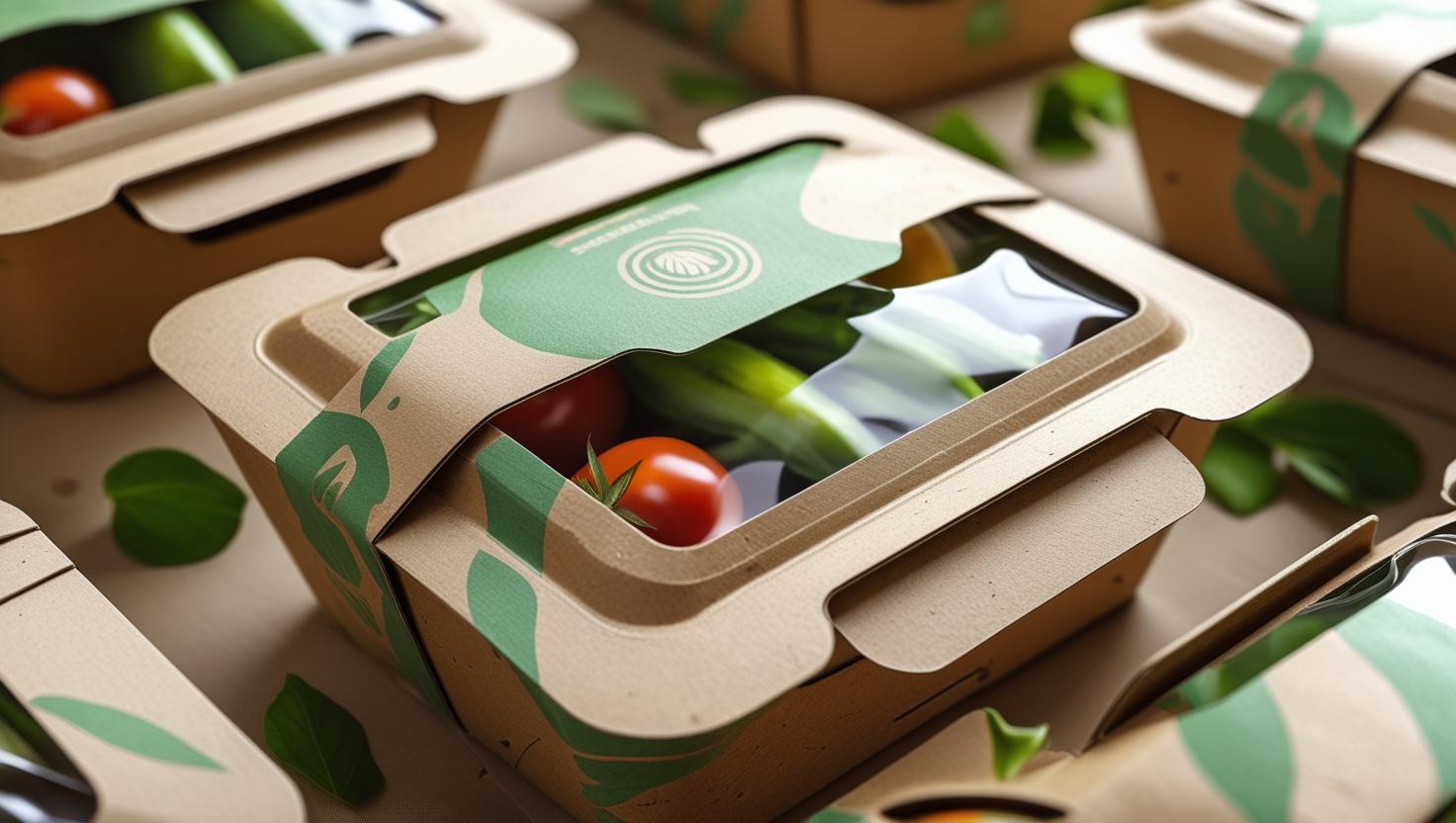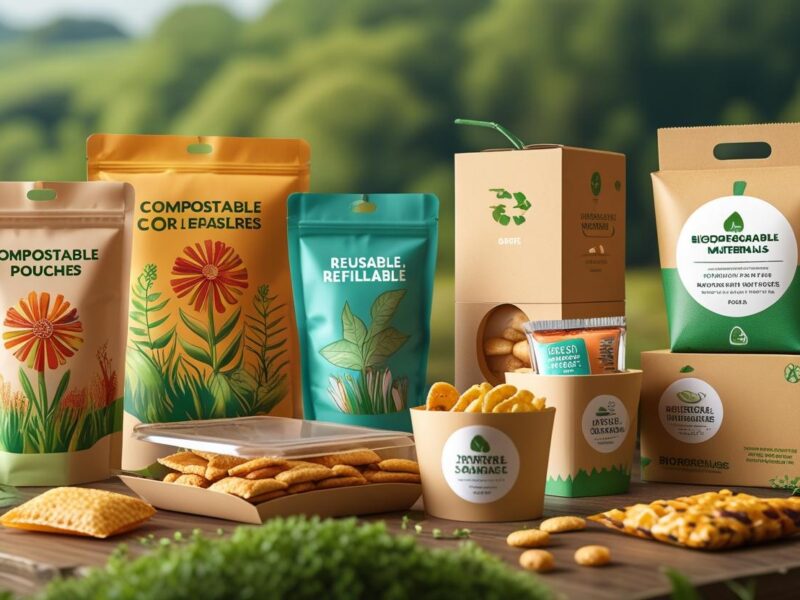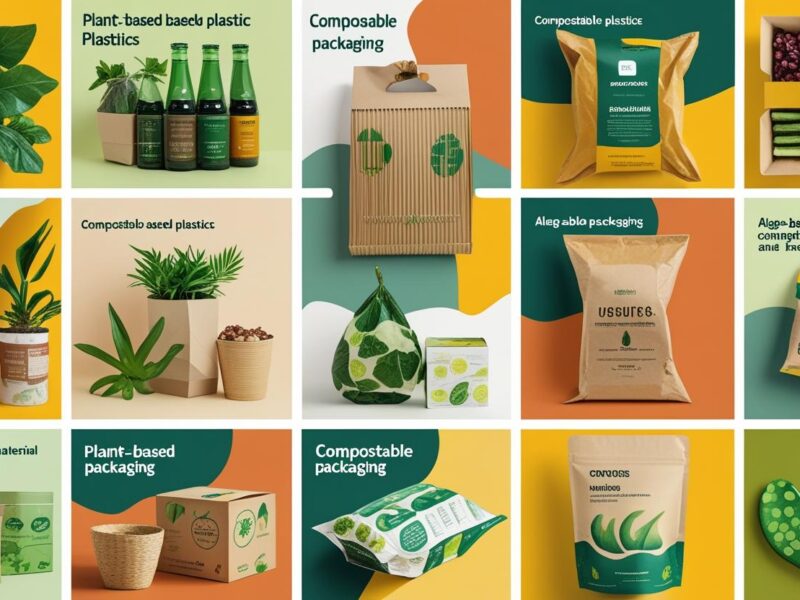Discover the benefits of eco-friendly packaging for food and how sustainable options are revolutionizing the food industry.
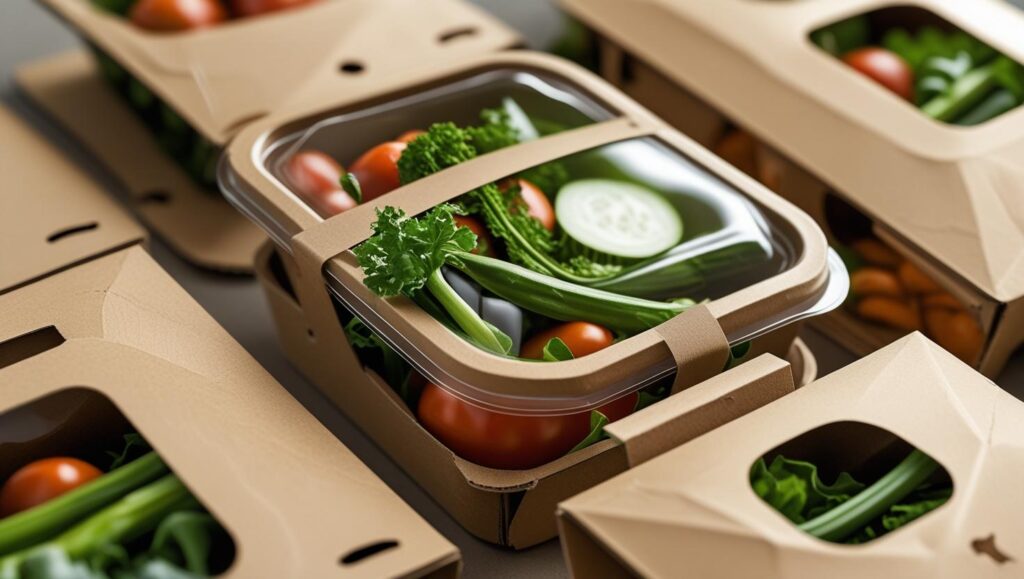
In today’s environmentally-conscious world, the demand for sustainable practices is higher than ever, and the food packaging industry is no exception. With the growing concern over plastic waste and its devastating impact on the planet, eco-friendly packaging for food has emerged as a powerful solution. More consumers are now prioritizing sustainable packaging options when making purchasing decisions, forcing brands and businesses to rethink their packaging choices.
Eco-friendly packaging not only helps reduce waste but also aligns with global efforts to preserve natural resources. In this article, we explore what eco-friendly packaging is, its types, benefits, challenges, and the latest trends shaping the future of food packaging.
What Is Eco-Friendly Packaging?
Eco-friendly packaging refers to materials used for packaging food products that have a minimal impact on the environment. These materials are either biodegradable, compostable, recyclable, or reusable. Unlike traditional packaging, which often involves plastic or harmful chemicals, eco-friendly packaging seeks to reduce pollution and resource consumption.
Key Features of Eco-Friendly Packaging
- Biodegradability: Materials that break down naturally without leaving harmful residues.
- Sustainability: Materials that are renewable or made from recycled products.
- Non-Toxicity: Packaging that doesn’t release harmful chemicals into the environment or food.
By using materials that fit these criteria, eco-friendly packaging provides a viable solution to many environmental problems.
The Environmental Impact of Traditional Food Packaging
Traditional food packaging, especially plastics, has become a major contributor to environmental pollution. According to recent studies, plastic packaging accounts for a large percentage of global waste, which often ends up in landfills or the oceans. These materials are non-biodegradable and can take centuries to decompose.
Plastic Waste Crisis
- Pollution: The production of plastic packaging emits a significant amount of greenhouse gases.
- Wildlife Impact: Animals often mistake plastic waste for food, which can lead to death or injury.
Carbon Footprint
- The production of plastic packaging requires petroleum, contributing to the depletion of non-renewable resources and increased carbon emissions.
Types of Eco-Friendly Packaging for Food
As businesses and consumers become more aware of their environmental footprint, several sustainable packaging solutions are being developed. Let’s explore the most common types:
Biodegradable Packaging
Biodegradable packaging materials break down naturally over time. These materials are derived from plant-based sources like cornstarch or sugarcane and can degrade into non-toxic substances.
Compostable Materials
Compostable packaging materials are similar to biodegradable ones but break down faster under specific conditions. Products made from compostable materials can be added to compost heaps or industrial composting facilities, returning valuable nutrients to the soil.
Recyclable Options
Recyclable packaging, like certain types of cardboard, aluminum, and glass, can be processed and reused to create new products. Unlike plastic, which has limited recyclability, recyclable materials can have an ongoing life cycle.
Edible Packaging
In the innovative world of sustainable packaging, edible packaging is emerging as a breakthrough solution. Made from materials like seaweed, rice, and corn, edible packaging dissolves or can be consumed along with the product it contains, eliminating waste entirely.
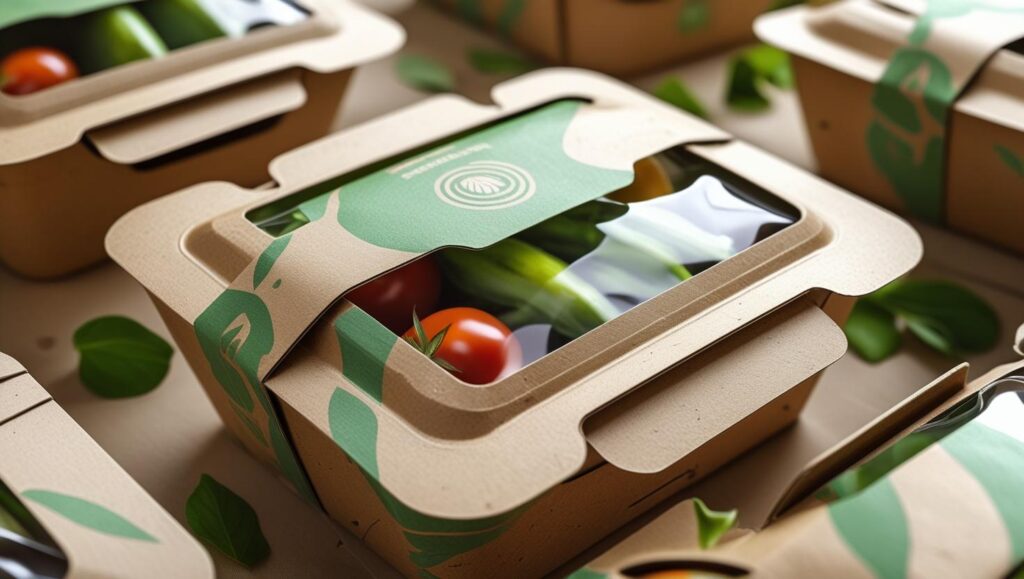
Benefits of Eco-Friendly Food Packaging
Reducing Waste and Pollution
The most obvious benefit of eco-friendly packaging is its ability to reduce waste. By opting for biodegradable or recyclable packaging, companies help decrease the amount of waste that ends up in landfills or oceans, reducing pollution.
Lowering Carbon Footprint
Eco-friendly packaging materials typically have a lower carbon footprint compared to traditional plastic. For example, plant-based materials require fewer resources to produce and emit fewer greenhouse gases during manufacturing.
Supporting Sustainability and Circular Economy
Eco-friendly packaging supports a circular economy by encouraging the reuse and recycling of materials. This not only conserves natural resources but also reduces the need for new raw materials.
Challenges in Implementing Eco-Friendly Packaging
Despite the many benefits, adopting eco-friendly packaging presents some challenges:
Cost Considerations
Eco-friendly packaging often comes at a higher cost due to the sourcing and production of sustainable materials. While the long-term environmental benefits outweigh the initial investment, businesses may hesitate to make the switch because of the upfront expenses.
Supply Chain Barriers
The infrastructure needed to produce and distribute eco-friendly packaging is still evolving, which can lead to supply chain challenges. Sourcing sustainable materials on a global scale is also a complex issue for manufacturers.
Consumer Behavior and Awareness
While eco-friendly packaging is gaining popularity, many consumers are still unaware of its availability or importance. Educating customers and encouraging them to make more sustainable choices remains a critical hurdle.
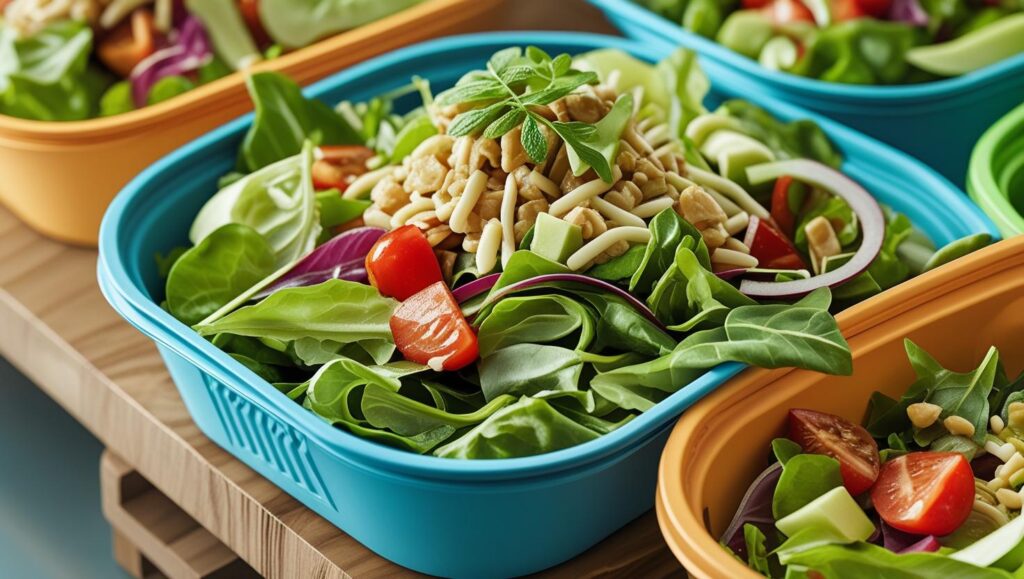
Innovative Eco-Friendly Packaging Solutions
Plant-Based Packaging
Plant-based packaging materials, such as those derived from sugarcane, bamboo, or corn, are becoming popular in the food industry. These materials offer durability and sustainability while being biodegradable.
Seaweed and Mushroom Packaging
Innovators have turned to seaweed and mushrooms as alternatives to plastic. Seaweed-based packaging is biodegradable and edible, while mushroom packaging is made from mycelium and decomposes naturally.
Paper and Cardboard Innovations
Paper and cardboard are traditional eco-friendly materials but have seen significant innovation. New coatings and treatments make these materials more resistant to moisture and suitable for food packaging.
Reusable Packaging Systems
The rise of reusable packaging systems is another trend in the industry. Companies like Loop have pioneered programs where consumers can buy products in durable, reusable packaging that is returned, cleaned, and refilled.
Eco-Friendly Packaging Trends in the Food Industry
Packaging and Branding Synergy
Eco-conscious packaging is not just about sustainability; it’s also about brand identity. Many food brands are aligning their packaging choices with their values, helping to build trust with consumers who prioritize eco-friendly products.
Increasing Consumer Demand
Consumers, especially younger generations, are increasingly demanding more sustainable food packaging. This has prompted companies to adopt eco-friendly packaging solutions to stay competitive and meet consumer expectations.
Companies Leading the Charge
Several large food brands are already setting the standard for sustainable packaging. Companies like Unilever, Nestlé, and Coca-Cola are making significant strides in reducing their environmental footprint by adopting eco-friendly packaging practices.
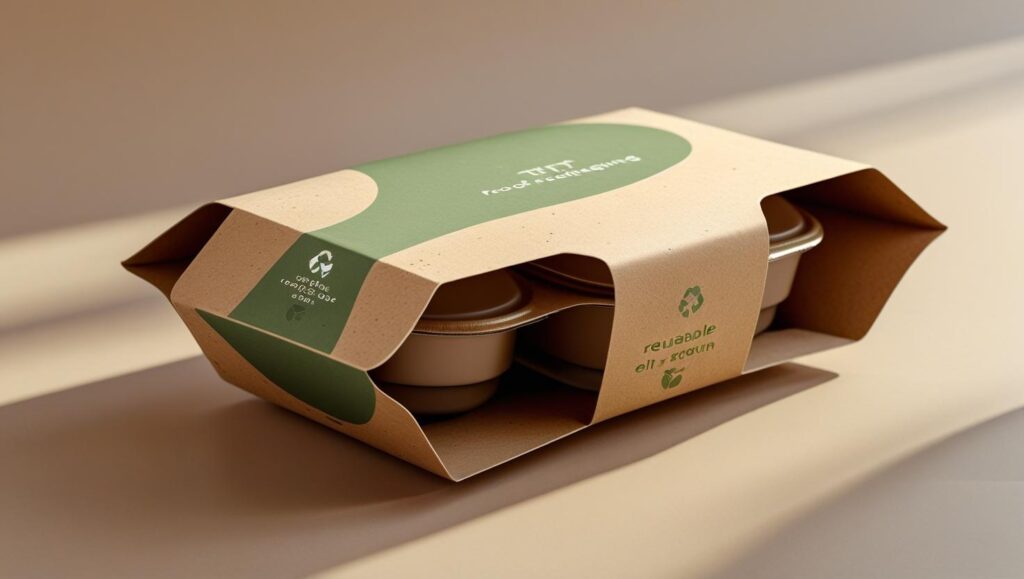
How to Choose the Right Eco-Friendly Packaging for Your Business
When selecting eco-friendly packaging for your food product, consider the following:
Assessing Your Product’s Needs
Think about the type of food you’re packaging. Perishable items may require more protective packaging, whereas dry goods might be easier to package sustainably.
Evaluating Packaging Materials
Look for materials that align with your brand’s values. Ensure they are durable, biodegradable, or recyclable, and consider consumer convenience.
Collaborating with Sustainable Packaging Providers
Work with suppliers who specialize in eco-friendly packaging. These experts can help you navigate the complex options and find the best fit for your product.
Conclusion
The future of food packaging is undoubtedly green. As consumers become more environmentally aware, the demand for sustainable food packaging continues to rise. Businesses that adopt eco-friendly packaging not only contribute to a healthier planet but also benefit from positive consumer perception and long-term sustainability.
It’s time to rethink packaging and embrace solutions that support a cleaner, greener world. The move towards eco-friendly food packaging isn’t just a trend – it’s a necessity for preserving our planet’s resources for future generations.
FAQs
1. What is the difference between biodegradable and compostable packaging?
Biodegradable packaging breaks down naturally over time, while compostable packaging decomposes in a composting environment, providing nutrients back to the soil.
2. Is eco-friendly packaging more expensive than traditional packaging?
In general, eco-friendly packaging can be more expensive due to the sourcing and production of sustainable materials, but long-term benefits often outweigh the initial cost.
3. Can eco-friendly packaging be used for all types of food?
Yes, there are eco-friendly packaging options available for most food types, though some materials may be more suitable for specific needs (e.g., moisture resistance for perishable foods).
4. How does eco-friendly packaging help the environment?
Eco-friendly packaging reduces waste, lowers carbon emissions, conserves natural resources, and supports a circular economy by encouraging recycling and reuse.
5. Can businesses make the switch to eco-friendly packaging easily?
While the transition to eco-friendly packaging may require some planning and investment, it is becoming easier as more sustainable options are available and consumer demand grows.
